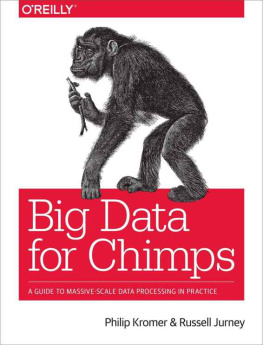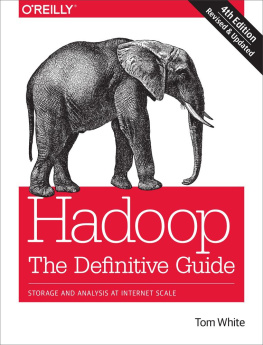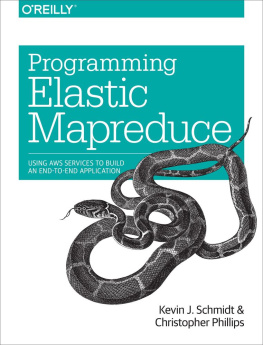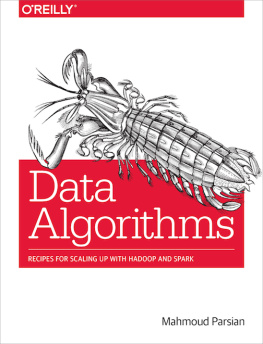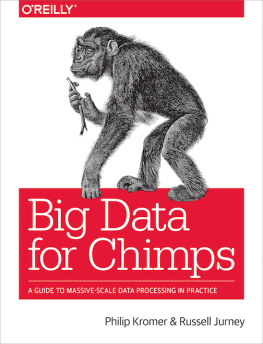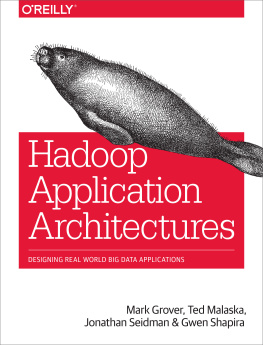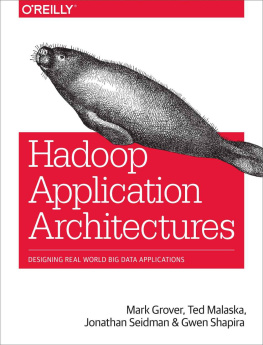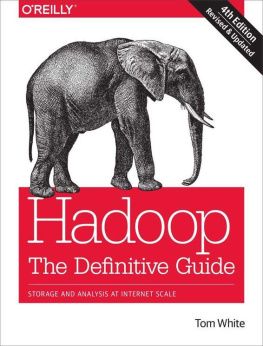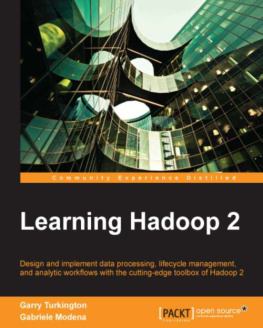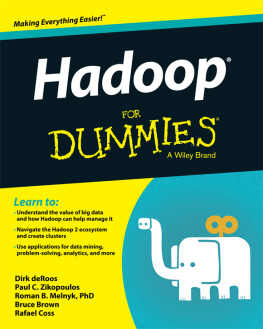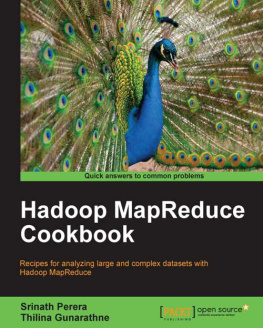Philip (flip) Kromer - Big Data for Chimps: A Guide to Massive-Scale Data Processing in Practice
Here you can read online Philip (flip) Kromer - Big Data for Chimps: A Guide to Massive-Scale Data Processing in Practice full text of the book (entire story) in english for free. Download pdf and epub, get meaning, cover and reviews about this ebook. year: 2015, publisher: OReilly Media, genre: Computer / Science. Description of the work, (preface) as well as reviews are available. Best literature library LitArk.com created for fans of good reading and offers a wide selection of genres:
Romance novel
Science fiction
Adventure
Detective
Science
History
Home and family
Prose
Art
Politics
Computer
Non-fiction
Religion
Business
Children
Humor
Choose a favorite category and find really read worthwhile books. Enjoy immersion in the world of imagination, feel the emotions of the characters or learn something new for yourself, make an fascinating discovery.
- Book:Big Data for Chimps: A Guide to Massive-Scale Data Processing in Practice
- Author:
- Publisher:OReilly Media
- Genre:
- Year:2015
- Rating:5 / 5
- Favourites:Add to favourites
- Your mark:
Big Data for Chimps: A Guide to Massive-Scale Data Processing in Practice: summary, description and annotation
We offer to read an annotation, description, summary or preface (depends on what the author of the book "Big Data for Chimps: A Guide to Massive-Scale Data Processing in Practice" wrote himself). If you haven't found the necessary information about the book — write in the comments, we will try to find it.
Finding patterns in massive event streams can be difficult, but learning how to find them doesnt have to be. This unique hands-on guide shows you how to solve this and many other problems in large-scale data processing with simple, fun, and elegant tools that leverage Apache Hadoop. Youll gain a practical, actionable view of big data by working with real data and real problems.
Perfect for beginners, this books approach will also appeal to experienced practitioners who want to brush up on their skills. Part I explains how Hadoop and MapReduce work, while Part II covers many analytic patterns you can use to process any data. As you work through several exercises, youll also learn how to use Apache Pig to process data.
- Learn the necessary mechanics of working with Hadoop, including how data and computation move around the cluster
- Dive into map/reduce mechanics and build your first map/reduce job in Python
- Understand how to run chains of map/reduce jobs in the form of Pig scripts
- Use a real-world datasetbaseball performance statisticsthroughout the book
- Work with examples of several analytic patterns, and learn when and where you might use them
Philip (flip) Kromer: author's other books
Who wrote Big Data for Chimps: A Guide to Massive-Scale Data Processing in Practice? Find out the surname, the name of the author of the book and a list of all author's works by series.

